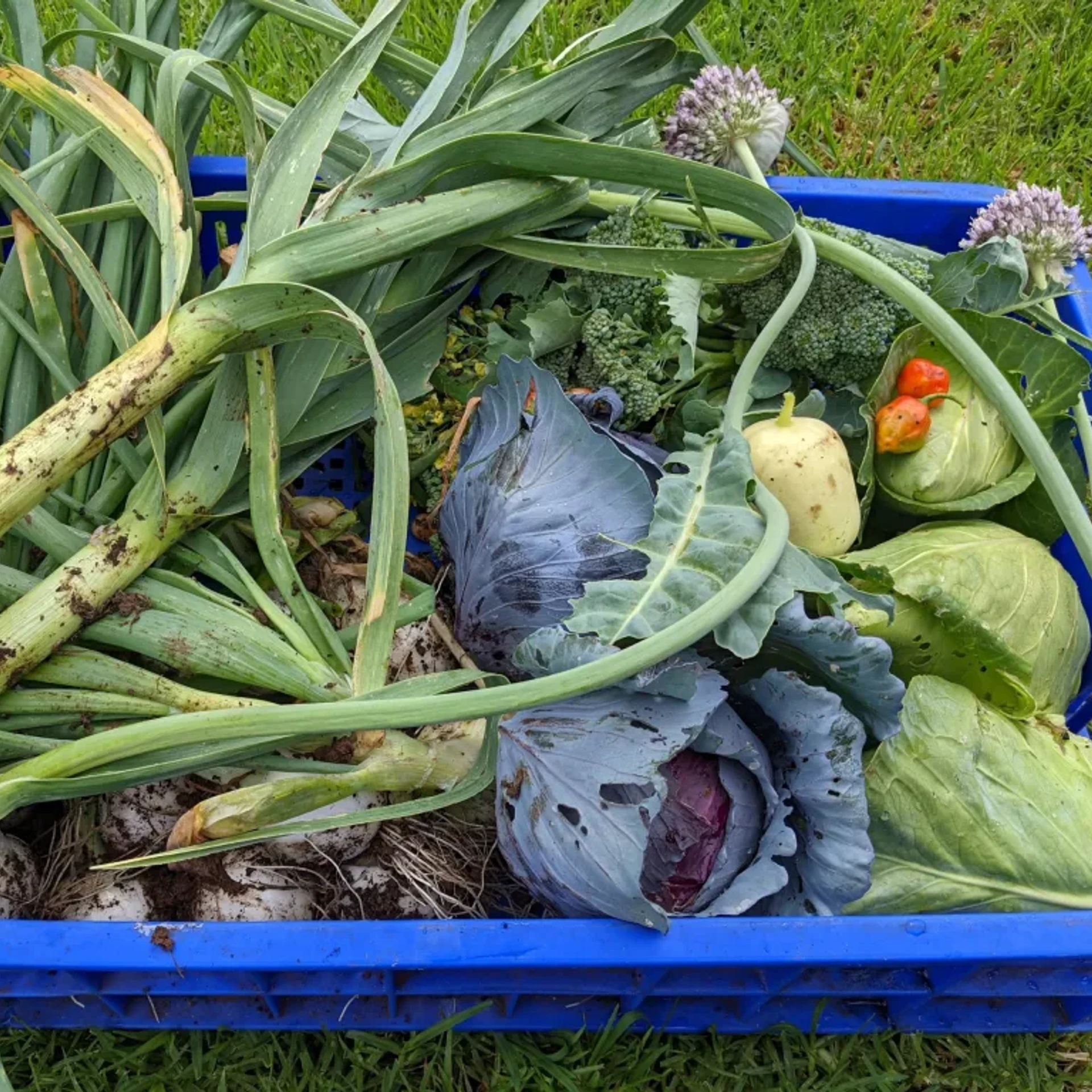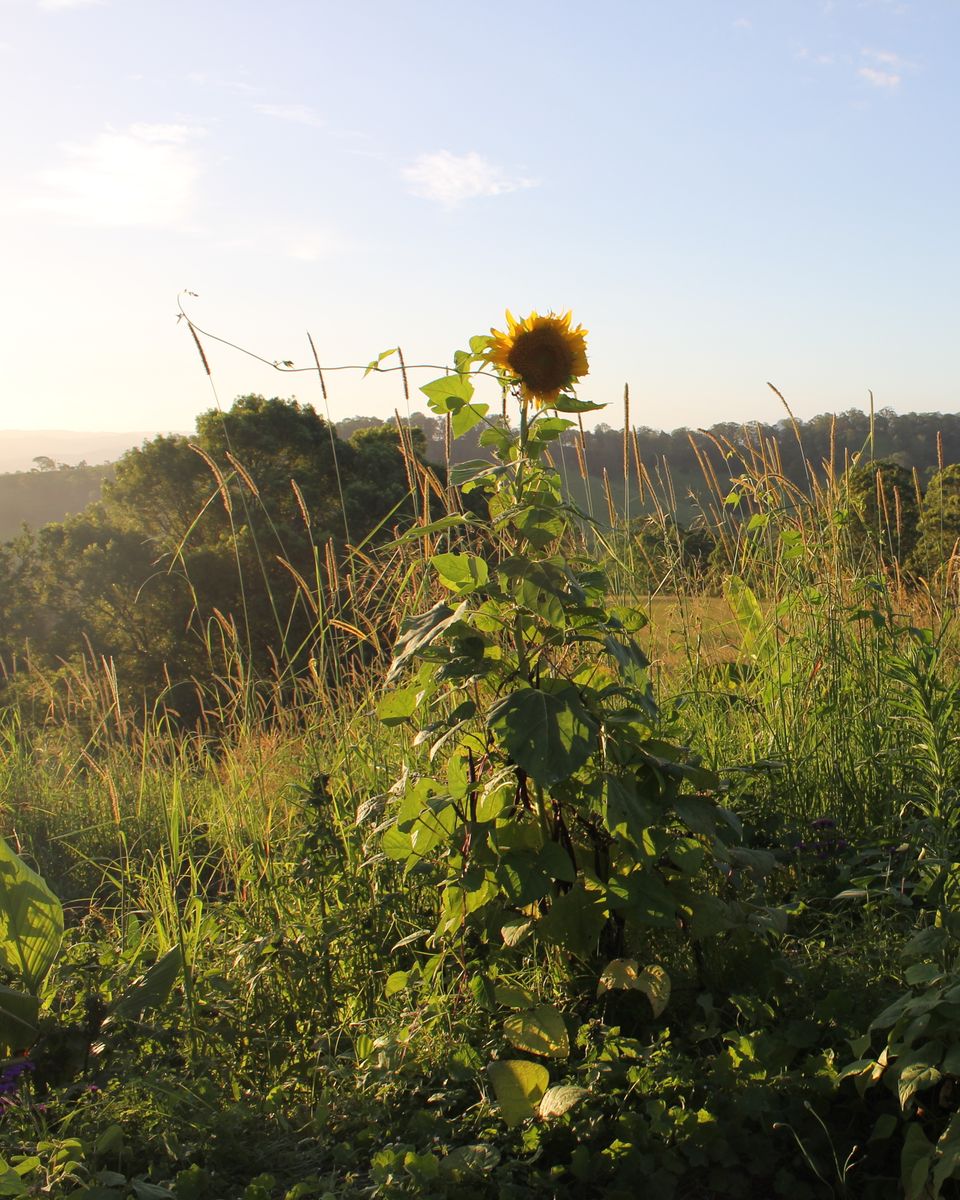Real food.
Real food.
With the rise of vertical gardens, lab grown meat replacements and mass manufactured foods that are produced to feed the masses with a huge gap between what is consumed and the origins of what went into that being consumed, we must hold onto what has been true and real for so long. It got us this far and it’ll get us beyond what may come and go along the way.
It’s not just in the name…
Sure our surname might be Real and it’s a name to live up to indeed. We use it in this way to have a bit of a light take on us being the growers and makers. It goes further however into what we have come to know as our food. Things of convenience have been on the rise as more people become increasingly conscious of what they are eating, these easy options don’t always align with the levels of awareness of the consumer.
There has been a long growing concern for things that are genetically modified, things that are so heavily managed by chemical inputs and things that are straight up made in a laboratory, moving things away from the realities of what they are naturally. There is also the rise of actual fake food, food that is not only lacking some truths but also is not actually food. Food made from waste, sawdust as binding agents. Things you wouldn’t usually choose to eat though are being introduced as a response to global food supply issues or the environmental impacts of some industries.
This is why it has become increasingly important to look at other ways, bring back some of the old and show people that it’s totally achievable to have an exciting diet while knowing what you are eating and where it comes from and how to grow and make things yourself.
How we’re Keeping It Real
In order to live up to the name and affect some positive change within the food industry, we started small and focused on local and creating products that generally accompany other food items, can become part of a meal or even a feature and also in the most part eaten on their own if so desired.
With the ever expanding world of meal kits, ready to eat meals and market farmers, we didn’t want to add just another option to what already has some amazing producers. Instead we wanted to become part of what they were doing: using what they produce to make products and making products that go with many things.
You’re basically making tinned food, right?
Well yes in the way that we are preserving and in some ways it is very similar to the old way of canning, which was mostly done in glass jars, filling them with a pickle of some sort and then boiling it to keep the good stuff in, the bad stuff out and ensure it’ll last for a good while on the shelf.
We’re not canning in that way, though we are doing something similar in that we are using natural processes like fermenting, pickling, salting, smoking, drying to lock in the freshness, provide a good shelf life and create some amazing flavours that light up the taste buds and usually leave you wanting more.
By doing this with fresh and seasonal produce that’s been grown locally and doesn’t have a heap of travel on it or time waiting around in cold storage, you get a highly nutritious food product that has had each stage produced to the highest level for the next. This also means that seasonal produce can be kept for enjoying out of season. It’s a win win!
From Real Food to Low Travel
With a strong focus on keeping the ingredients real and how they are sourced, the travel of things is also important. In the beginning while we establish the gardens and see what will grow well in our location, there will be the need to source supplies and our priority here is as local and independent as possible.
Low Travel is its own topic though, so we’ll leave there for now.
In the meantime, check out the Real Food products on our shop.

